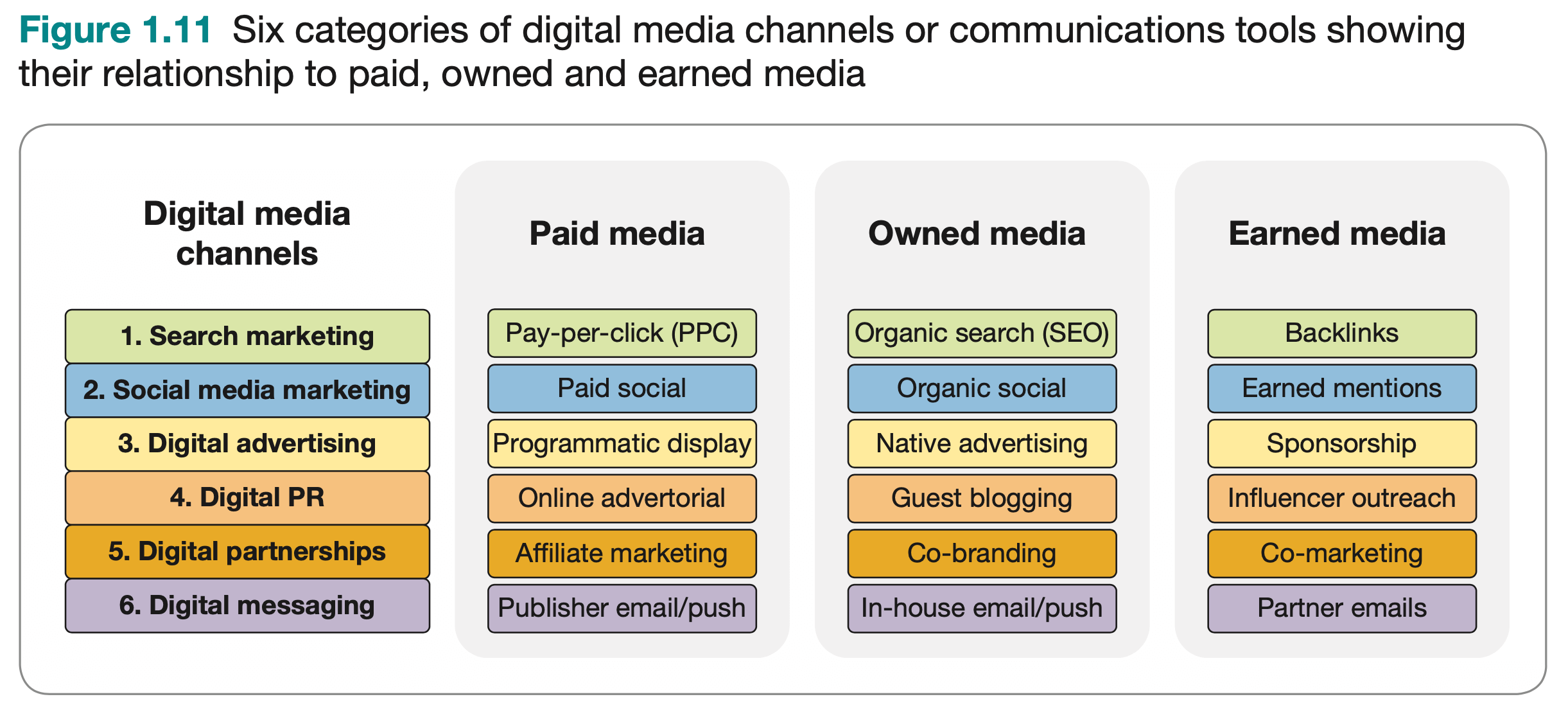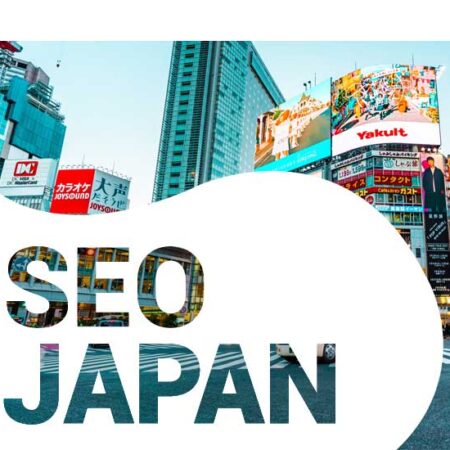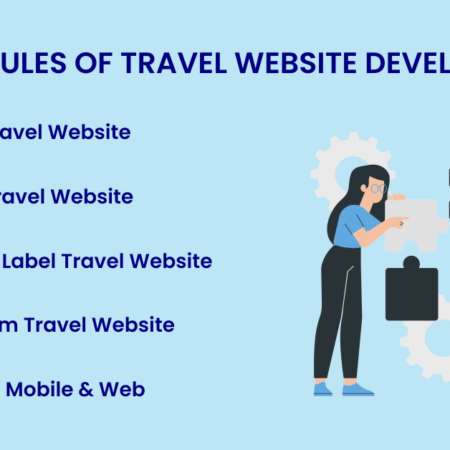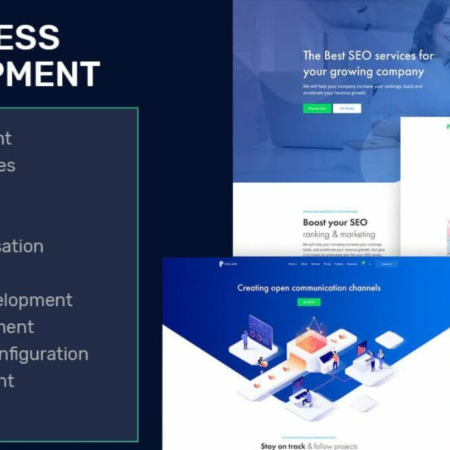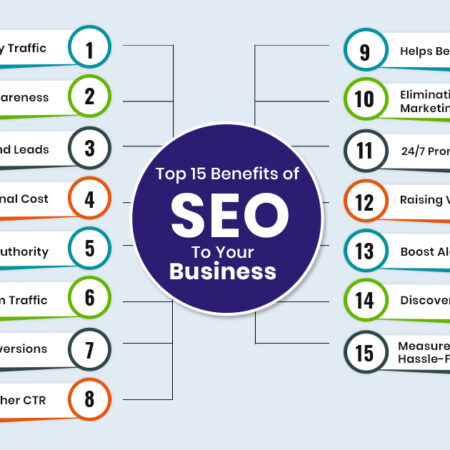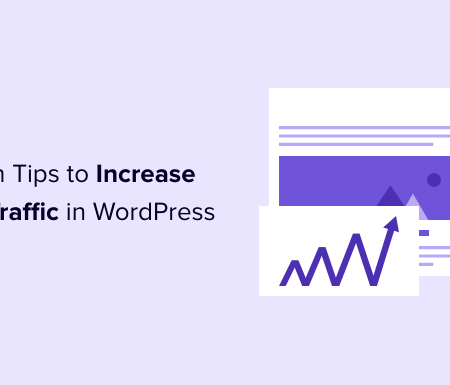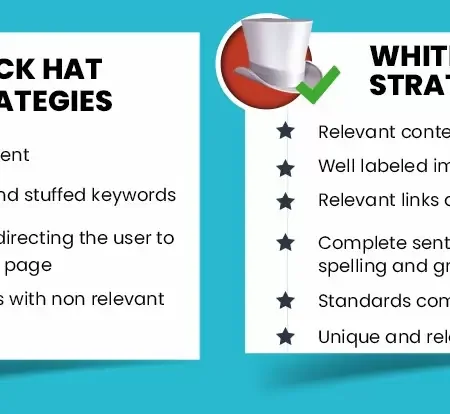10 SEO Tips for Marketing and Digital Content Managers
10 SEO Tips for Marketing and Digital Content Managers
Need a hand to kickstart your SEO? We’re here to help. The world of SEO can be tricky to navigate or intimidating for anyone new to the field or looking to make updates on their own. There is a wealth of information online, but in a field that’s changed significantly over the past 5 years, some people seem to promote mixed messages and it’s hard to know what to trust. With SEO, the right external team can certainly bring value, but sometimes no or low budgets call for taking matters into your own hands. We hear you! We’ve gathered our shared knowledge and put together a quick guide for 10 simple steps any marketing, brand or digital content manager can take to improve their SEO. 10 SEO Tips for Marketing and Digital Content Managers
-
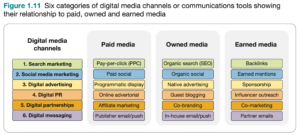
10 SEO Tips for Marketing and Digital Content Managers
Goals
- Keywords — Keyword Planner & Google Analytics
- Think Locally
- Grouping Keyword Phrases
- Content — Landing Pages
- Case Studies & Projects
- Google Business Listing
- External Content — Blogs & Links
- Patience & Reporting
- Read, Continue to Learn & Call on the right people
With any project, your biggest assets are going to be time and the right resources. Don’t forget that regardless of who is managing SEO, it will take time. Sometimes your time is available, but it’s best to be realistic when it’s not. Do you need external resources to write content? Plan for a strategy that involves available time and resources and you will find greater success.
The Basics
This article focuses on what to do after your website has the SEO basics setup. Using WordPress? We recommend installing the Yoast SEO plugin which enables you to easily update page titles and descriptions. Other basics include a site that is crawl-able by google, has google analytics installed, has pretty permalinks and has titlesand meta descriptions setup. Ideally, the rest of the site content is optimised too, meaning unique, well written copy, mixed media such as images (small file size) and videos (hosted on YouTube or Vimeo) and if you have an eCommerce website, unique descriptions for each product.
Have that covered? Let’s get started.
1. Goals
What do you hope to achieve? Start here. How can you build a strategy or work to improve something if you don’t first establish what improvement looks like? It’s tough, that’s for sure! Here’s some ideas to get you started:
- Do you want to improve your ranking on google for certain keywords?
- Do you want to get more inquiries?
- Do you want more people to find your retail store in the city?
- Do you want to sell more books through organic traffic?
- Make these specific and measurable, like “Get to page one on google for ‘book shops melbourne’ in the next 8 months.”
2. Keywords — Keyword Planner
Often we hear, “help more people find us.” But who are these people? What are they typing into google when they want to find your products or services? It’s like trying to invite the world to your party with invisible invitations. How will anyone know to come when they haven’t seen the information? Or, you can invite your 20 best friends with beautiful and informative invitations. The BFFs are much more likely to swing by and might even bring a gift or make a purchase. Let’s focus on that group of 20.
Start by identifying the keywords that are relevant to your business AND that real people will type into Google. This should be directly related to your products and services and should be specific enough that you aren’t targeting the whole world, but rather a smaller number of qualified leads – people who are interested in making a purchase and are more likely to convert (those BFFs).
Coming up with Ideas
Put together 15-20 ideas. Use the google keyword tool to help you. It’s built for adwords (so you will need to create an account if you don’t have one — this is free and open to anyone) so you will see references to bids and creating campaigns, but this tool is a great starting point for your keyword research.
Using our books reference, we might start by searching the keyword tool for ‘book shops melbourne’ within Australia. What we are aiming for is keyword ideas that have a good balance of highly searched but not too competitive. You’ll find that there’s many ‘high’ competition words that look appealing for their high search volume, but be warned that high competition means other businesses are vying for a spot on page one with that keyword. It’s not impossible, but takes extra time and effort.
Using the keyword ideas tab, start to put together your list of 15-20 keywords. Make sure to keep your business, target market and purchasing funnel in mind. Is someone searching for ‘comic book stores melbourne’ more likely to make a purchase than someone searching for ‘books?’ We would argue yes. If your goal is to sell more, put emphasis on the keywords that are associated with people who are ready to buy.
2. Keywords — Google Analytics
The keyword tool helps you find phrases you might not have thought of and helps you know which phrases people actually use, not just the ones you think they do. But, we can also look at real data, specific to your website. If you have a website that has been up and running for 6-12 months, take a look at the data you’ve collected in Google Analytics (not running analytics? Stop everything.. do this before progressing any further!). Once you are logged in, navigate to Aquisition > Search Engine Optimisation > Queries. (You may be prompted with a message to connect webmaster tools if you haven’t before. If so, just follow the steps here.)
Be sure to adjust the date range in the top right of Google Analytics for data across the past 6-12 months, or shorter if you have a newer website.
Reviewing your keywords
Once you’re seeing those keywords, you can pull some information out to help you in your planning. Be sure to take note of impressions, clicks and position for a holistic view of current keywords. This is likely a time when you’ll see the best keywords for your business, but you may not be getting great clicks or sitting in top position in the google results. Are those top keywords also high in competition? Or are they potentially a good fit for your goals?
Add this information into the mix with the keyword tool phrases to finalise your top 20 keyword phrases.
Seeing (not set) or (not provided) in your list of keywords? See this post for an explanation.
3. Think Locally
Is your business based in Melbourne or another city? Are you looking to engage people across Australia or do you sell locally? Competition for keywords dramatically increases if you’re targeting the whole country, so when possible, look at targeting based on city. For example, optimising for “book shops melbourne’ vs ‘book shops.’ If you achieve a good ranking for ‘book shops melbourne’ and a user searches ‘book shops’ and are also located in Melbourne, they are likely to see the Melbourne results. This is based off of the users IP address and their location settings in their google account.
Do you sell country-wide? Perhaps you can optimise for all major cities that you service in order to capitalise on the local results that Google serves.
4. Grouping Keyword Phrases
Once your 20 keyword phrases are locked in, group the terms into 5 or so groups, putting similar phrases in a group together. Your top 5 keywords will be in a group of their own. Each group and each top keyword will require a landing page on your website.
For my bookstore, my top phrases might be:
- book shops melbourne
- second hand books melbourne
- comic book stores melbourne
- kids books melbourne
- book club melbourne
Plus 4 more groups of similar phrases like:
5. Content – Landing Pages
Using your groups, create a landing page for each keyword phrase or each group. You will want to write naturally and write one page of content for one keyword. That doesn’t mean spamming the page with the keyword over and over again, but rather taking the time to write a well crafted page that relates the keyword to your business.
The content on the page doesn’t have a required length, but we recommend at least a few paragraphs and use of varied content, such as text, images and video. Imagine that you are a real person reading this page (not just a google robot). What content will make you want to stay on the page longer and actually read the content? It’s likely that mixed media will engage users more effectively and for longer amounts of time.
Each page needs to have an H1 title as the top heading with the keyword in it, so your title might be ‘Book Shops Melbourne’ followed by a couple paragraphs talking about your business, being a book shop in Melbourne. It’s also good to have a H2 title with the keyword in it as well.
You can set the H1 and H2 using the style dropdown in WordPress (or other CMS) or directly in the HTML.
Each page url should also contain the keyword phrase, which would look like: thisawesomebookstore.com.au/book-shops-melbourne/. Not using ‘pretty urls’ currently? Hot tip, you certainly should be! Here’s a handy guide to pretty permalinks from WordPress.
6. Case Studies and Projects
Add case studies or past projects that showcase your products and services in real life scenarios. Again, this is creating rich content that helps Google validate your website, engages users and can be linked to from the landing pages. These need to be text rich pages, not just images.
7. Google Business (Places) Listing
Have you claimed your business on Google? Make sure you optimise your google listing here.
8. External Content — Blogs and Links
The second half of the equation is external content and links to the site. You need other credible websites to link back to your business to help show google how awesome you are. Best case scenario? Blogs or articles written by your business that are posted on external, credible websites. This is where an SEO company can really add value as they have teams to write this content and source external websites to post on.
9. Patience and Reporting
You’ve set your goals, identified your keywords and written your content. High fives! This is a solid foundation to inform not only customers about the products and services you offer, but also to inform Google. Part of this strategy is waiting time. Progress in Google’s search results does not come overnight. It takes time to build a strong presence online and the best way to keep building is to continue to develop unique, rich content that is targeted to your customers.
Continue to monitor analytics, site traffic and google search rankings. With time, you should see movement, but it’s not an exact science and may need adjustment to suit your industry or business.
10. Read, Continue to Learn & Call on the Right People
Google changes, the way consumers buy changes, technology changes and as such, businesses must evolve their digital strategy in order to stay relevant in their industry. By reading trusted online blogs about SEO and digital marketing, you can stay informed about changes that might impact the way you approach your strategy. If it’s not feeling quite right, there’s always external businesses who can consult and offer their services. Drop us a line if you have a project you want to chat about. We’re always happy to share our knowledge.

